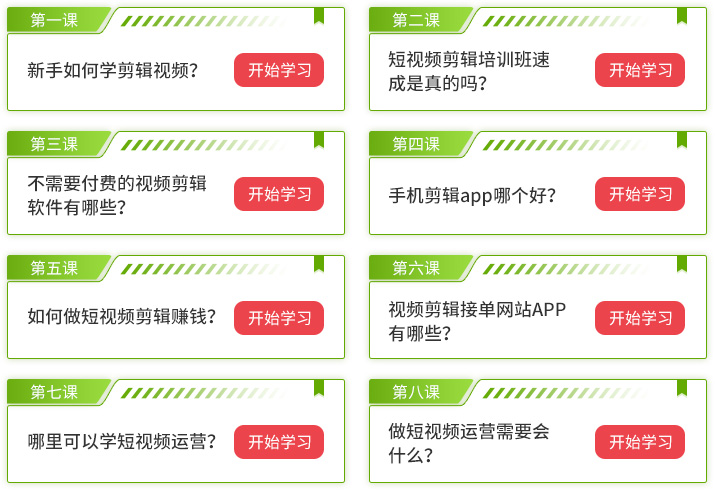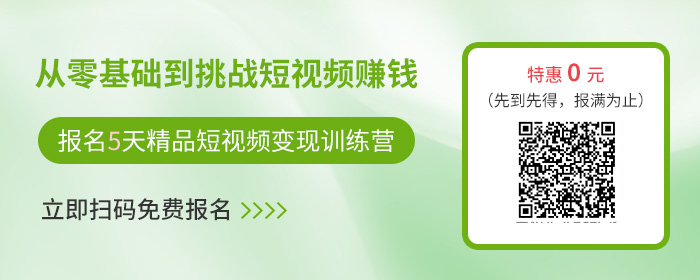字符串是程序开发中最常见的数据类型之一。在Python中,我们可以像C语言中的字符串一样使用Python字符串。本文将解释如何遍历Python字符串,并提供示例代码。

字符串格式
在Python中,字符串可以使用单引号、双引号或三引号表示。下面是一些示例:
>>> string1 = 'hello'
>>> string2 = "world"
>>> string3 = '''Hello world!'''
>>> print(string1)
hello
>>> print(string2)
world
>>> print(string3)
Hello world!
遍历字符串
字符串是一个序列,可以像列表和元组一样进行遍历。在Python中,我们可以使用循环或迭代器来遍历字符串。下面是一些示例。
1. 使用循环遍历字符串:%s
我们可以使用for循环遍历Python字符串:
for x in 'hello':
print(x)
输出:
h
e
l
l
o
2. 使用迭代器遍历字符串:%s
我们可以使用迭代器从字符串中按顺序获取每个字符:
string = 'hello'
my_iter = iter(string)
while True:
try:
x = next(my_iter)
print(x)
except StopIteration:
break
输出:
h
e
l
l
o
总结
本文解释了如何遍历Python字符串。无论用途是什么,掌握这种技能都是一个好主意。如果您需要更多帮助,请查阅Python文档中的字符串操作。

